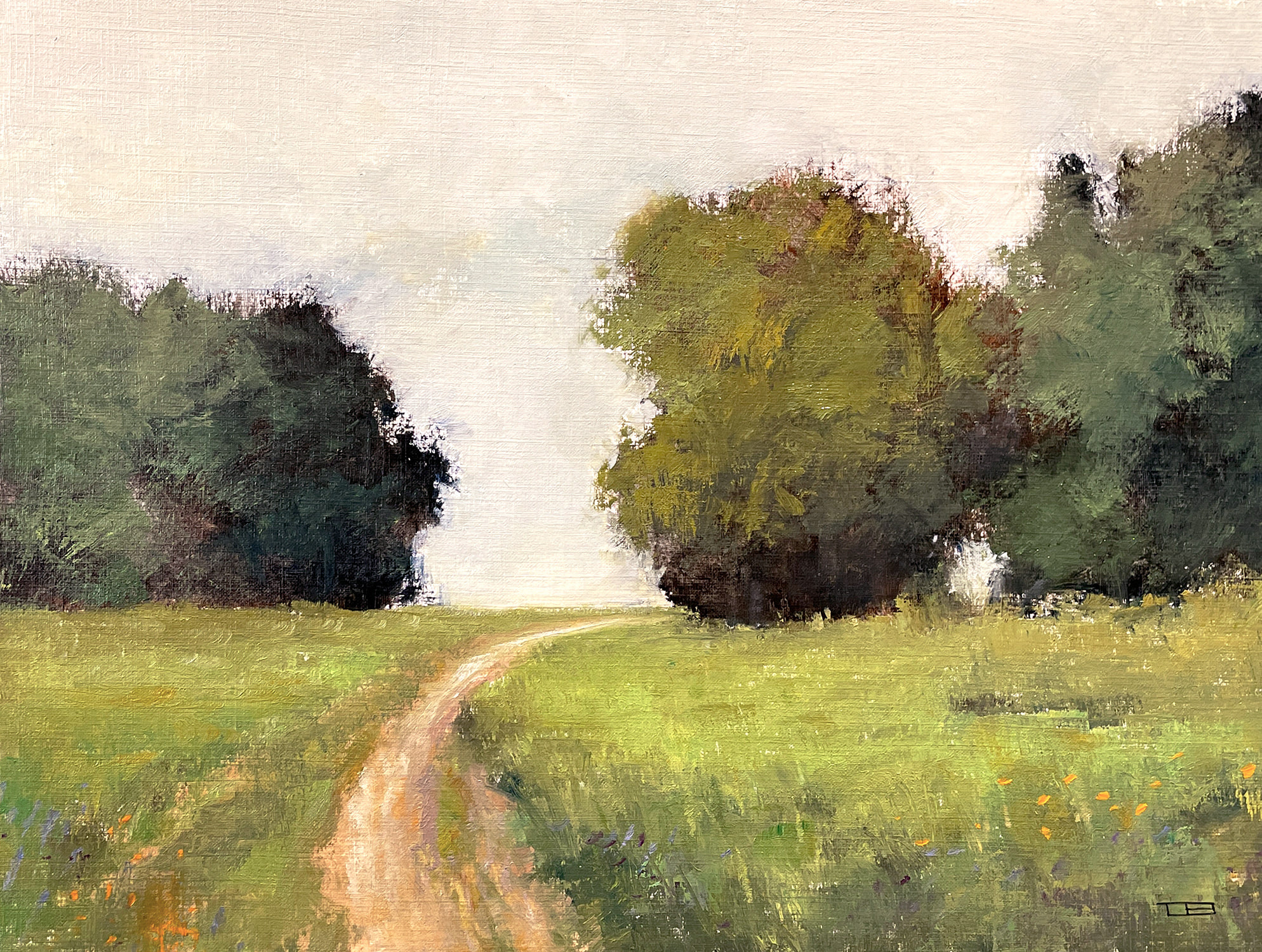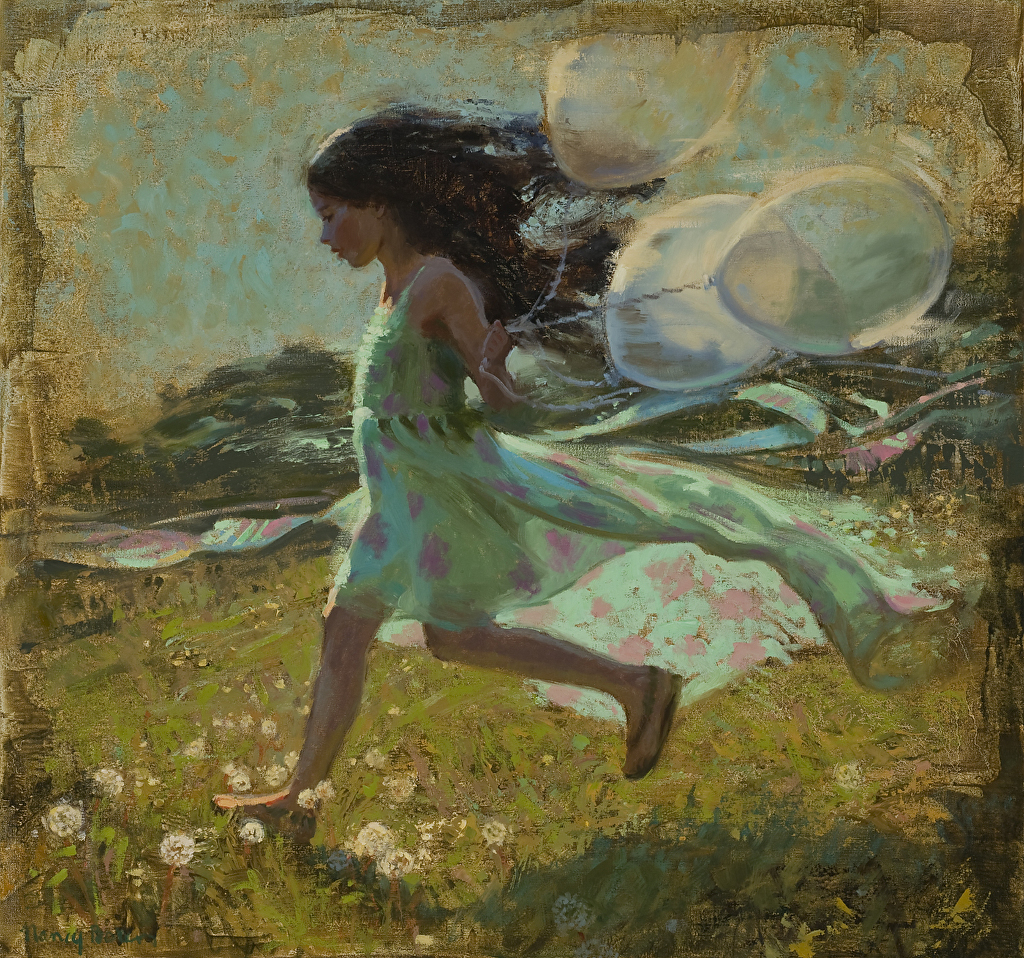Exploring All About Oil Paintings: An Overview to Recognizing Their Appeal and Worth
Oil paints have actually astounded target markets for centuries, using a peek into the imaginative proficiency of different eras. Their rich history is linked with innovative methods and profound psychological expression. Comprehending the materials and approaches behind these art work can improve gratitude. Additionally, the marketplace for oil paintings offers possibilities for collection agencies and investors alike. As one discovers this interesting world, the concern occurs: what makes an oil paint really valuable?
The History of Oil Paint: A Trip Through Time
Although oil paint has roots that go back to ancient times, it absolutely thrived throughout the Renaissance, when artists uncovered its adaptability and rich shade potential. Early instances can be traced to the 7th century, with strategies developing especially throughout cultures. The medium became prominent in Northern Europe in the 15th century, especially with the works of musicians like Jan van Eyck, that originated its usage for thorough realism and lively hues. This period noted a separation from tempera paints, allowing for higher deepness and appearance. As oil paint spread, it affected countless musicians, leading to masterpieces by distinguished numbers such as Leonardo da Vinci and Rembrandt. The medium's legacy continues, forming the art globe well right into modern-day times.
Understanding Oil Paints: Materials and Techniques
As musicians discover the globe of oil paints, they experience a varied variety of products and strategies that specify this medium. The primary components of oil paint include pigments, which offer color, and drying out oils, such as linseed, that bind the pigments and assist in application. Numerous ingredients can change the paint's texture and drying time, enhancing adaptability. Strategies like glazing, where clear layers are built up, and impasto, which involves applying thick paint, allow for different visual effects. Additionally, making use of brushes, combination blades, and also fingers can produce special structures and surfaces. Comprehending these methods and products enables artists to totally share their creative thinking and accomplish the preferred impact in their artwork.
The Role of Shade in Oil Paints
Shade plays a crucial function in oil paintings, influencing both aesthetic charm and emotional vibration. Comprehending color concept fundamentals, consisting of the connections between tones, can improve a musician's capability to share mood and ambience. Furthermore, mastering shade blending methods permits higher depth and splendor in a painting's combination.

Shade Theory Basics
Recognizing color theory is crucial for musicians collaborating with oil paints, as it creates the foundation for creating visually appealing and harmonious compositions. Color theory includes the research study of exactly how colors engage, the color wheel, and the partnerships between primary, second, and tertiary colors. Musicians utilize corresponding colors to boost contrasts and create centerpieces, while analogous shades advertise unity and cohesiveness within a piece. Furthermore, the concepts of warm and awesome shades influence the understanding of deepness and space in a painting. Understanding these concepts allows artists to adjust shade efficiently, leading the audience's eye and connecting their intended message. Proficiency of shade concept ultimately enhances a musician's ability to communicate feelings and concepts through their work.
Psychological Influence of Color
The psychological impact of color in oil paints plays an important duty in how audiences regard and attach with artwork. Shades stimulate details feelings and moods, influencing the customer's emotion. Cozy tones like reds and oranges can produce a sense of heat and power, while cool tones such as blues and eco-friendlies usually stimulate calmness or self-contemplation. Artists strategically select color combinations to boost narrative components, guiding the audience's emotional journey. The saturation and contrast of colors additionally amplify these impacts, drawing interest and producing focus. Ultimately, the interaction of shades in oil paints not only enhances their visual charm yet additionally serves as a powerful tool for psychological expression, enhancing the audience's experience and interpretation.
Shade Combining Techniques
While numerous aspects of oil paint add to the overall composition, understanding shade mixing strategies is crucial for accomplishing preferred results and deepness. Shade blending can be come close to via various approaches, consisting of the additive and subtractive processes. Additive blending includes integrating colors of light, while subtractive blending counts on pigments, where colors mix to produce brand-new shades. Musicians often make use of a restricted scheme to produce harmonious works, comprehending the relationships between key, second, and tertiary colors. Strategies such as glazing and scumbling even more boost depth and luminance. By skillfully blending colors, an artist can stimulate emotions, develop prime focus, and attain a sense of realistic look, inevitably raising the paint's psychological and aesthetic effect.
Famous Oil Painters and Their Iconic Functions

Renowned for their proficiency of shade and technique, oil painters have created some of the most well known artworks in history. Popular artists like Vincent van Gogh captivated target markets get more info with his stirring brushwork in "Starry Evening," while Claude Monet's "Impact, Sunup" prepared for Impressionism. Leonardo da Vinci's "Mona Lisa" continues to be a long-lasting icon of imaginative genius, showcasing his skill in catching human expression. At the same time, Rembrandt's "The Evening Watch" illustrates his innovative usage of light and darkness. Other noteworthy figures include Pablo Picasso, that changed modern-day art with his strong testing in jobs like "Les Demoiselles d'Avignon," and Georgia O'Keeffe, whose lively representations of flowers and landscapes aided specify American modernism. Each musician's one-of-a-kind design contributed significantly to the oil paint landscape.
Exactly how to Assess the Quality of an Oil Paint
Examining the quality of an oil paint involves a careful assessment of workmanship strategies, along with an evaluation of shade and composition. Observing brushwork, layering, and the application of paint can disclose the musician's ability level. Additionally, the interplay of shades and the total plan of aspects contribute considerably to the paint's aesthetic value.
Analyzing Workmanship Methods
A precise evaluation of craftsmanship techniques is important for identifying the quality of an oil paint. Critics ought to first analyze the application of paint; thick, textured brushstrokes might suggest an experienced hand, while overly consistent applications might indicate an absence of deepness. oil paintings for sale. The layering method is additionally essential; the presence of lusters and differed thickness can improve luminance and complexity. In addition, the quality of the materials made use of, such as the canvas and pigments, plays a significant duty in durability and general visual. Interest to information in elements like edges and changes between shades mirrors the musician's dedication to their craft. Ultimately, these techniques add to the painting's emotional effect and market worth, functioning as indicators of the artist's ability and intent
Analyzing Color and Structure
While examining the top quality of an oil paint, one must focus on the interaction of shade and composition, as these elements are fundamental to the artwork's general effect. Shade selections can stimulate feelings and develop mood; consequently, the musician's palette must be examined for harmony and contrast. A well-balanced composition directs the audience's eye and produces a sense of unity. Artists commonly use strategies like the regulation of thirds or leading lines to enhance visual passion. In addition, making use of light and darkness can include depth, enhancing the three-dimensionality of the painting. Inevitably, an effective oil paint marries color and composition, involving the visitor and welcoming a much deeper gratitude of the artist's vision and technique.
Taking care of and Preserving Oil Paintings
Correct treatment and preservation of oil paintings is essential for keeping their honesty and durability. To safeguard these art work, it is essential to show them away from direct sunshine, which can trigger fading and discoloration. Keeping a steady environment with regulated temperature level and humidity more help in avoiding damage. Cleansing should be done carefully utilizing a soft, dry cloth, preventing any kind of extreme chemicals that can damage the paint or varnish. Normal examinations for signs of deterioration, such as flaking or fracturing, are suggested. When saving or delivering oil paints, correct extra padding and framework are required to avoid physical injury. Inevitably, thorough treatment adds to the visual allure and value of oil paints over time.
The Market for Oil Paintings: Collecting and Investing
Comprehending the marketplace dynamics for oil paintings is crucial for investors and collection agencies alike. The worth of these art work is affected by different aspects, consisting of the artist's credibility, historic importance, and existing trends. Enthusiasts typically seek pieces that resonate directly while taking into consideration possible gratitude in worth. Galleries and public auctions function as primary places for acquiring and marketing, with costs changing based upon need and rarity. Purchasing oil paints calls for research into the market, in addition to an understanding of authenticity and provenance. Furthermore, arising musicians might use possibilities for substantial returns, while developed names can regulate high rates. Overall, a tactical method to gathering can produce both aesthetic pleasure and financial rewards.

Often Asked Inquiries
What Are the Ecological Impacts of Oil Painting Materials?
The environmental effects of oil paint products consist of the launch of unpredictable natural substances (VOCs), hazardous waste generation, and resource extraction for pigments. These aspects add to air pollution and eco-friendly degradation, raising concerns among environmentally conscious artists and consumers.
How Do Different Canvases Affect Oil Painting Results?
Various canvases influence oil painting results significantly. Surface area, absorbency, and structure high quality can change paint application, drying times, and color vibrancy. Artists usually pick certain canvases to accomplish desired effects and boost their imaginative expression.
Can Oil Paintings Be Brought Back if Harmed?
Oil paintings can indeed be restored if harmed. Specialist conservators use different strategies to fix splits, clean surface areas, and address staining, making certain that the artwork maintains its initial beauty and value for future generations.
What Are the Signs of an Original Oil Painting?
The signs of an original oil painting include visible brush strokes, texture variations, and an unequal canvas weave (oil paintings for sale). Furthermore, authenticity may be verified via provenance, trademarks, and the visibility of a varnish layer one-of-a-kind to oil tools
Just How Has Modern Technology Influenced Modern Oil Paint Techniques?
Modern technology has actually substantially affected contemporary oil painting methods by introducing digital devices for preparation, enhanced products for appearance and long life, and on the internet platforms for selling and sharing art, thereby increasing artists' innovative opportunities and audience reach. Oil paint has roots that date back to ancient times, it absolutely prospered during the Renaissance, when musicians uncovered its flexibility and abundant shade potential. The psychological influence of color in oil paintings plays an essential function in just how audiences view and attach with artwork. While lots of facets of oil paint contribute to the overall structure, understanding shade mixing techniques is vital for attaining desired effects and depth. Reviewing the high quality of an oil paint includes a cautious assessment of workmanship strategies, as well as an analysis of color and composition. While reviewing the quality of an oil painting, one have to focus on the interplay of shade and composition, as these elements are essential to the artwork's general effect.
Comments on “Rare Valuable Oil Paintings for Sale”